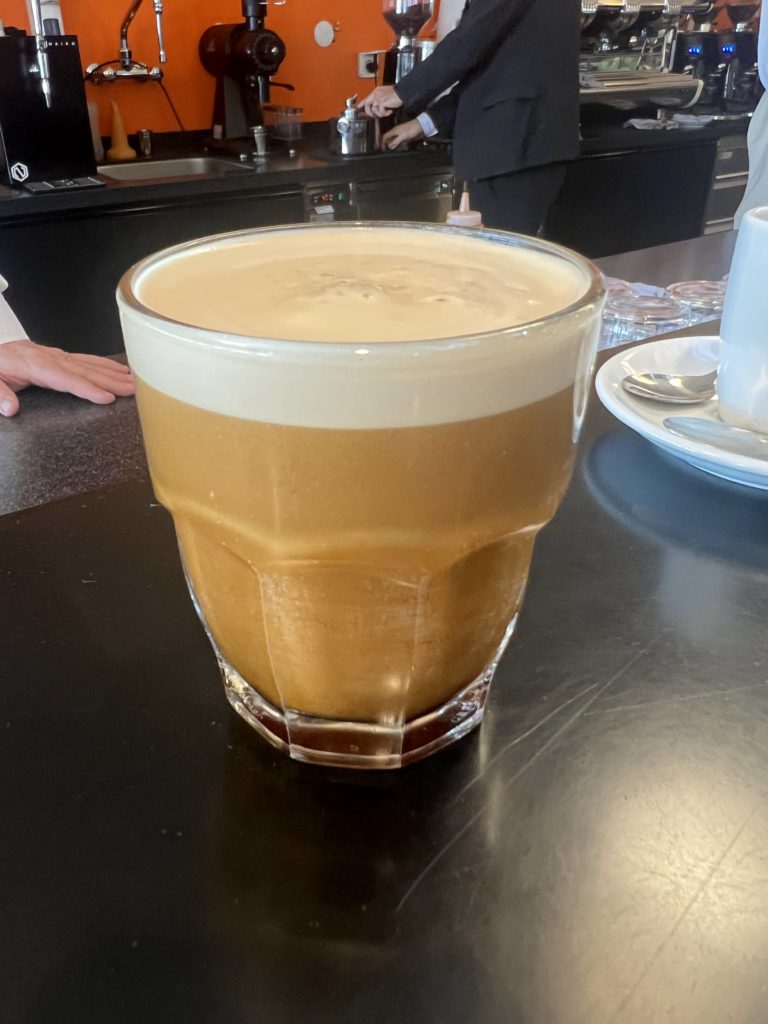
THE SCIENCE OF TEMPERATURE AND SENSORY PERCEPTION
One of the most overlooked yet fundamental aspects of coffee tasting is temperature. While coffee professionals often emphasize roast profiles, extraction variables, and sensory lexicons, temperature dynamics significantly influence our perception of coffee flavours.
Recent research by the Specialty Coffee Association (SCA) and other scientific studies have highlighted how volatile compounds and key aromatic families—such as pyrazines, thiols, and lactones—behave as coffee cools, altering the balance of sensory attributes.
The Influence of Temperature on Aroma Compounds
Aromas in coffee are driven by volatile compounds, and their perceptibility depends on their volatility and olfactory threshold. Among these, pyrazines, known for their roasty, nutty, and sometimes vegetal notes, exhibit an interesting phenomenon:
Above 60°C (140°F):
Volatility is high, but our olfactory system struggles to detect certain aromatics at extreme temperatures.
Fruity, floral, and delicate notes are muted, while roasty and smoky aromas dominate.
Pain perception: The human pain threshold for hot beverages begins at 46-55°C (113-131°F). Above 60°C (140°F), there is a risk of burning the tongue or palate with prolonged contact.
40-50°C (104-122°F):
Pyrazines remain perceptible, but their impact diminishes, allowing more complex notes (e.g., citrus, acidity, sweetness) to emerge.
Lactones (linked to creaminess) become more expressive, leading to an increase in perceived body.
Optimal tasting range: Many sensory scientists and the SCA recommend tasting coffee in this range for balanced perception.
Below 37°C (98.6°F):
Pyrazines fall below their sensory threshold, reducing roasty/nutty notes.
Fruity, citrusy, and fermented flavours (esters & thiols) are more prominent.
Acidity perception increases, often making coffee seem more acidic as it cools.
Below 15°C (59°F):
Sweetness can become more pronounced, depending on the coffee’s composition.
Bitterness and astringency increase due to the lower volatility of sweetness-enhancing compounds.
This is why for cold brews, it is very important to choose the right coffee and the right roast degree.
Sensory Implications & Practical Takeaways
1️. Judging coffee too hot (>60°C) masks complexity – the dominance of roast-heavy compounds makes it difficult to assess sweetness and acidity.
2️. The “ideal tasting window” is often between 45-55°C, where the balance between aromatics, acidity, and mouthfeel is optimal.
3️. Cooler coffee enhances acidity and fruitiness – this is why high-altitude washed coffees often taste more vibrant as they cool. It is then a challenge for cold brews.
4️. Pain perception impacts the tasting experience – temperatures over 50°C are often uncomfortable, and over 60°C (158°F), burns become a real risk.
#CoffeeScience #SensoryAnalysis #FlavourPerception #SCAResearch